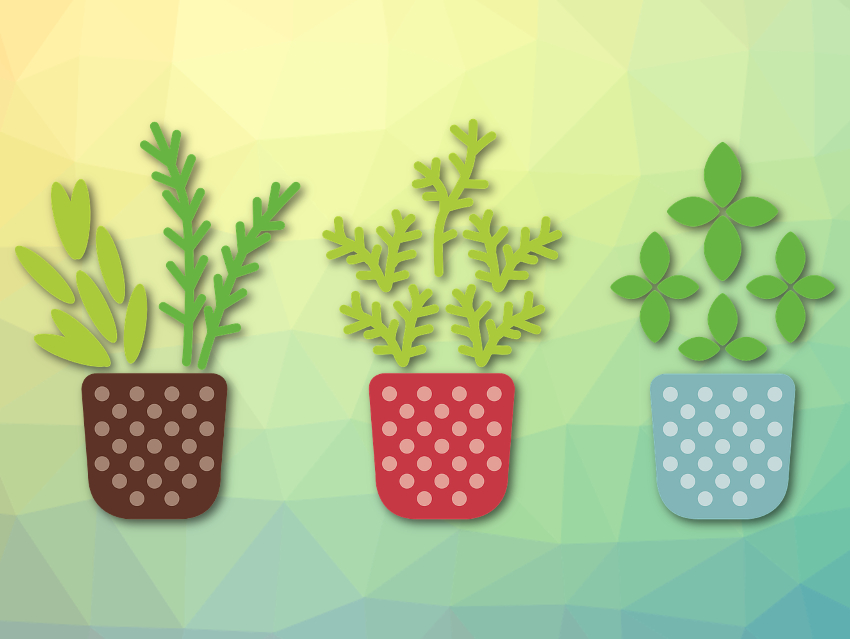Microplastics, i.e., tiny particles of polymers, are a growing environmental problem. They can be abraded, for example, from plastic waste, tires, and textiles and end up in water and soil. The effect that these particles have on plants depends on the exact type of particle, the affected plant community, the type of soil, and possible drought. Different plants in a single community can have opposite reactions to microplastics in the ground. The combined effects of microplastics and droughts on plant communities and the surrounding ecosystems are not fully understood.
Yudi M. Lozano and Matthias C. Rillig, Freie Universität Berlin and Berlin-Brandenburg Institute of Advanced Biodiversity Research (BBIB), both Berlin, Germany, have studied a plant community consisting of seven species of grasses and herbs that occur together in temperate grassland ecosystems in Germany and determined the effects of microfibers and drought on this plant community. Without microplastics, these plants are known to have different responses to drought: some have decreased root biomass under drought conditions, while others react the opposite way.
The team created microfibers from a polyester rope and collected soil from the natural habitat of the investigated plant community. Then they set up plant communities using seeds in separate pots in a greenhouse under controlled conditions. Half were well-watered, half were subjected to drought. In both of these groups, half the pots had soil with 0.4 % microfibers and half had untreated soil.
After harvesting the plants, the team measured the biomass of the shoots of each plant and of the roots in each pot. The team found that, overall, drought decreased both shoot and root mass, while microfibers increased both. The researchers attribute this effect to reduced soil density and improved aeration in the soil with microfibers. However, the microfibers affected the structure of the plant community. Reed grass (a non-native species for Europe), for example, became more dominant, while the native velvetgrass showed decreased biomass. This means that microfiber contamination in the soil could change the composition and the functions of ecosystems.
- Effects of Microplastic Fibers and Drought on Plant Communities,
Yudi M. Lozano, Matthias C. Rillig,
Environ. Sci. Technol. 2020.
https://doi.org/10.1021/acs.est.0c01051



